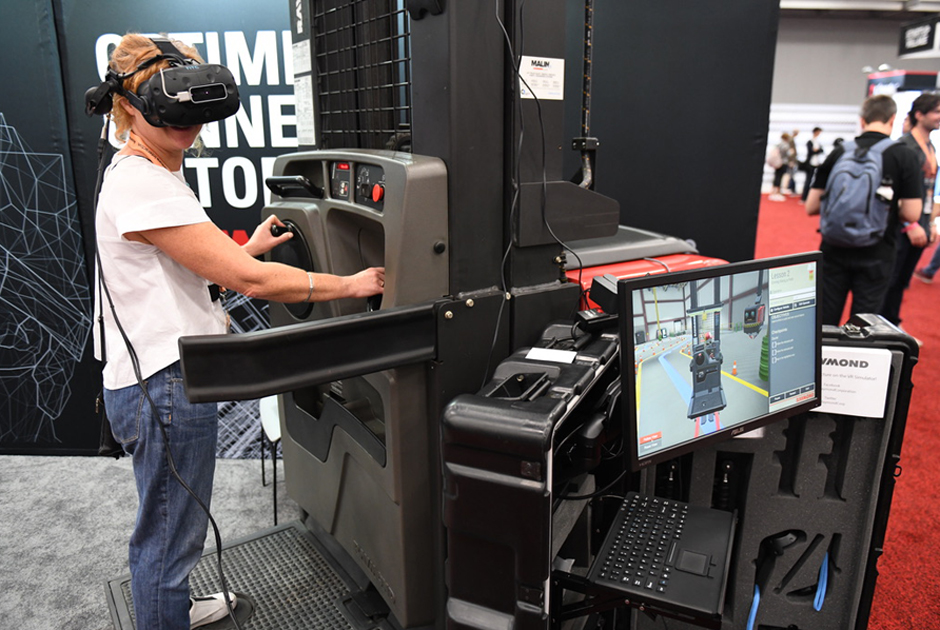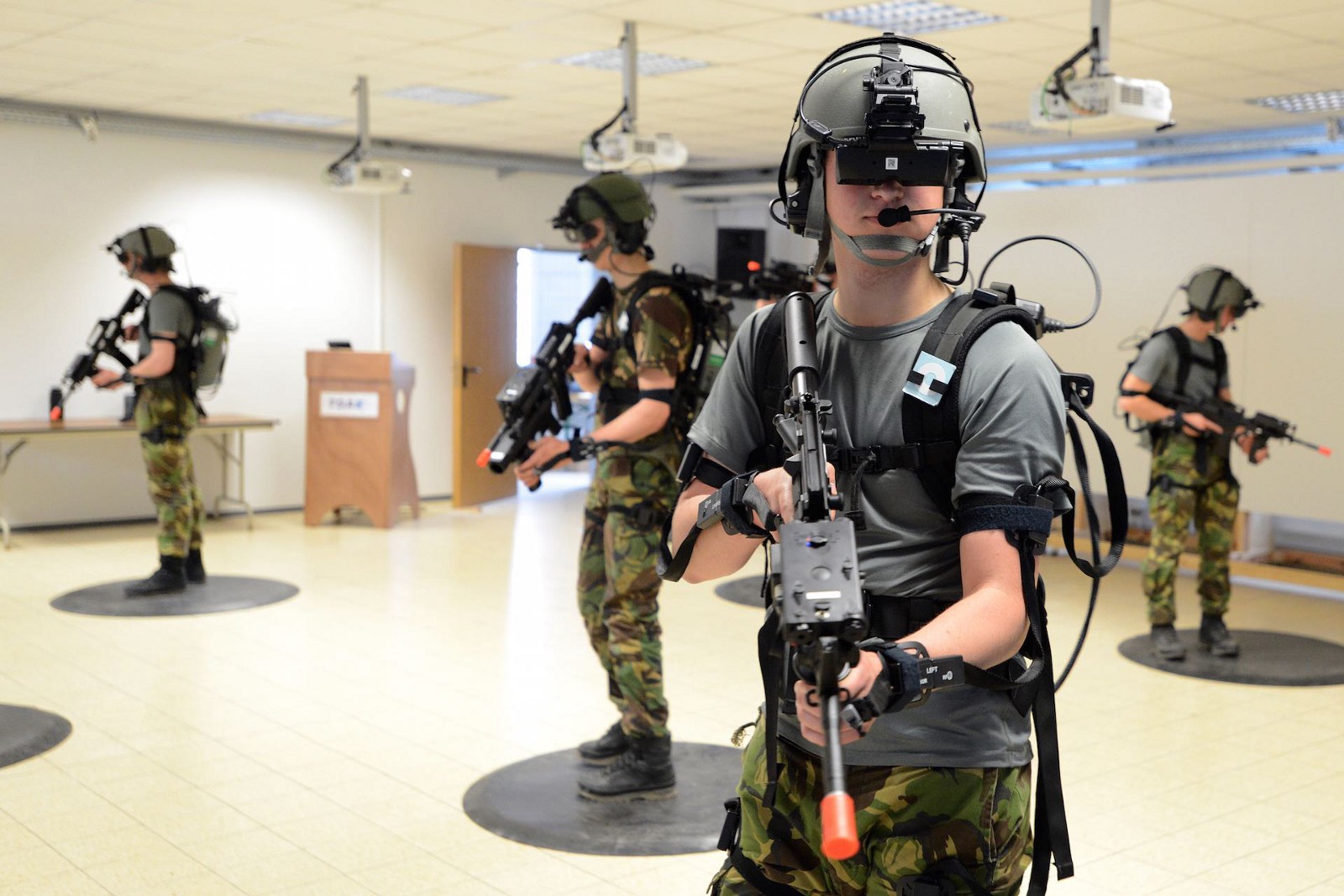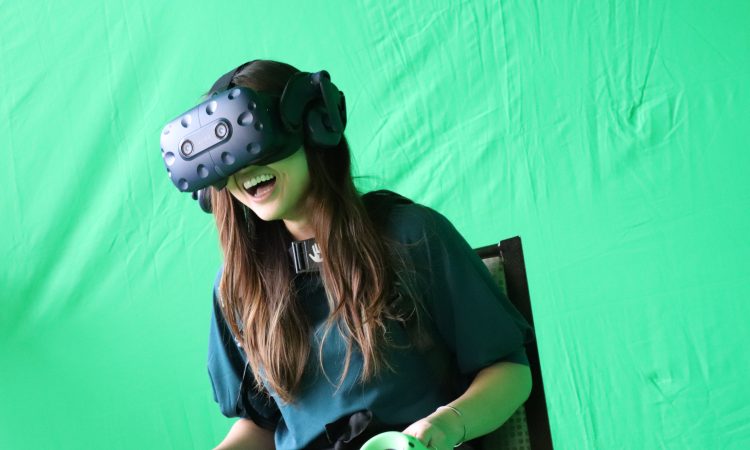Technology is advancing at an exponential rate. It can be hard to keep up with what’s already out there, let alone imagine what our world could look like in 20 years.
I’ve dedicated the past four years of my life to helping organizations navigate the ever-changing technological landscape and tap into the potential benefits of current and future technology through my consulting and development firm, UP360. Today, I’m going to talk about one of my favourites, virtual reality (VR), and how it’s shaping the future of career development. I will provide a basic explanation of what VR is, how it’s being used in career development today and what to expect from this technology in the future.
What is virtual reality?
Have you ever watched a movie or read a book so intently you felt like you were in it? You forgot about the world around you and got lost in the story until some outside distraction pulled you out? Virtual reality simulates that feeling and offers that level of immersion every time.
Trying the technology for the first time is a jaw-dropping experience that I still remember vividly. One moment, I was standing in a room with a few friends, the next, I was scaling Mount Everest, then swimming in the ocean as thousands of jellyfish floated around me.
VR is an interactive, computer-generated experience that takes place in a simulated environment. The user needs just a few things to step into the virtual world:
- Head-Mounted Display System (HMD): A device that almost resembles a scuba mask, with two high-quality lenses inside. The HMD tracks the user’s movements, so when you physically look around, you also look around in the virtual world.
- Motion Tracked Controllers: Tracked in a similar way to the HMD, these controllers allow you to move your hands around in VR and interact with the virtual world.
By combining this equipment with a well-made virtual experience, you get virtual reality: a virtual world that you can interact with through your own physical movements. The ease of use of this technology allows people both young and old to use and enjoy it.
How can it be used in career development?
There is a wide range of applications for virtual reality, from training and certification programs to career exploration and client-assessment tools. These are some of the areas where you could start using virtual reality for career development.

Equipment/vehicle training: From forklift and driver’s licence test simulators to specialized equipment training, VR is a fantastic way for employers and job developers to train people without putting the equipment or individual at risk of damage or injury.
The only downside of VR tools in this area is the lack of consistency regarding program structure and pricing. Some require you to work with a trainer and purchase specialized simulation equipment. Others are more affordable and often are fully guided experiences that instruct the user as the simulation progresses.
Certification programs: Imagine giving a client a VR headset and three hours later, they come to you with a safe food handling certificate, a WHMIS certificate or even a CPR certificate. This is a reality that is less than a year away as our company is looking into how we can partner with trainers and convert their courses into VR. Take WHMIS, for example. Using VR, we could simulate a wide range of workplaces and teach users how to identify hazardous chemicals, then test their ability to do so – all in the virtual world. Just like a player receives a score on performance in a game, we can use the technology to measure a user’s competency.
Job preparation for individuals with barriers: This VR application is being championed by an organization called Career Services in Eastern Ontario, which helps individuals with developmental disabilities find employment. Career Services is using virtual reality to simulate various workplaces. By allowing their job developers to control the tasks and environment, the staff at Career Services can help ease clients into various workplace situations, such as working food prep in a commercial kitchen. Using VR allows the job developers to teach clients both transferable and job-specific skills at a comfortable pace. The team at Career Services has aligned with Queen’s University and is doing research into the use of these tools and how they could eventually use them to better prepare people for jobs in hospitality, retail and manufacturing.

Career exploration and client assessment: This is one of the only tools available on the marketplace that was designed specifically for employment service providers and career practitioners. The project is the brainchild of the forward-thinking team at The Employment + Education Centre in Brockville, ON. Through the CareerLabsVR project, jobseekers can experience first-hand the pros and cons of various occupations by seeing, hearing and feeling what they are actually like. During this process, the facilitator/practitioner can observe the jobseeker and extract valuable information about the individual that traditional pen and paper style assessments might not indicate, such as how someone reacts to high-stress situations. The Employment + Education Centre has embedded the tools into programs such as Youth Jobs Connect and Women In Trades. A handful of Ontario school boards have also began using the tools through their Ontario Youth Apprenticeship Co-ordinators. Both employment centers and school boards see VR as a way to facilitate career discussions, and get clients/students excited about their future.
The future of VR
Just like we can’t imagine a world without cellphones and the internet, soon we won’t be able to imagine a world without VR. The idea of allowing someone to step onto a job site or step into a piece of equipment without first completing 10 hours of training in VR will sound absurd. I predict that within the next five years, the majority of employment service agencies and high schools in North America will be using the technology daily. The ones that don’t will struggle to attract and retain the attention of younger clients and ultimately fall behind. The ones that do will be able to connect with clients like never before. They will have the power to enhance the abilities of staff, increase efficiency and learning outcomes through virtual experience. VR will to help improve the lives of jobseekers by supporting them to find careers that not only bring them financial security, but also happiness.




